On December 5th, SpaceX pulled off a flawless Falcon 9 booster debut in support of the Cargo Dragon spacecraft’s CRS-19 space station resupply mission, marking the first launch of a new booster in months.
More specifically, the last time SpaceX launched a new Falcon 9 booster was on June 25th, 2019 during STP-2, Falcon Heavy Block 5’s second mission in two months. The mission featured two flight-proven side boosters – both reused from the Block 5 rocket’s April 11th launch debut – but also relied on a new center core (B1057). B1057 unfortunately failed moments before a planned touchdown on drone ship Of Course I Still Love You (OCISLY) but still technically qualifies as the last new booster launched by SpaceX prior to CRS-19.
A few days shy of six months later, CRS-19’s brand new Falcon 9 booster (and an expendable upper stage) rolled out to SpaceX’s LC-40 launch pad, confirming suspicions that the mission would use a new booster instead of twice-flown B1056.
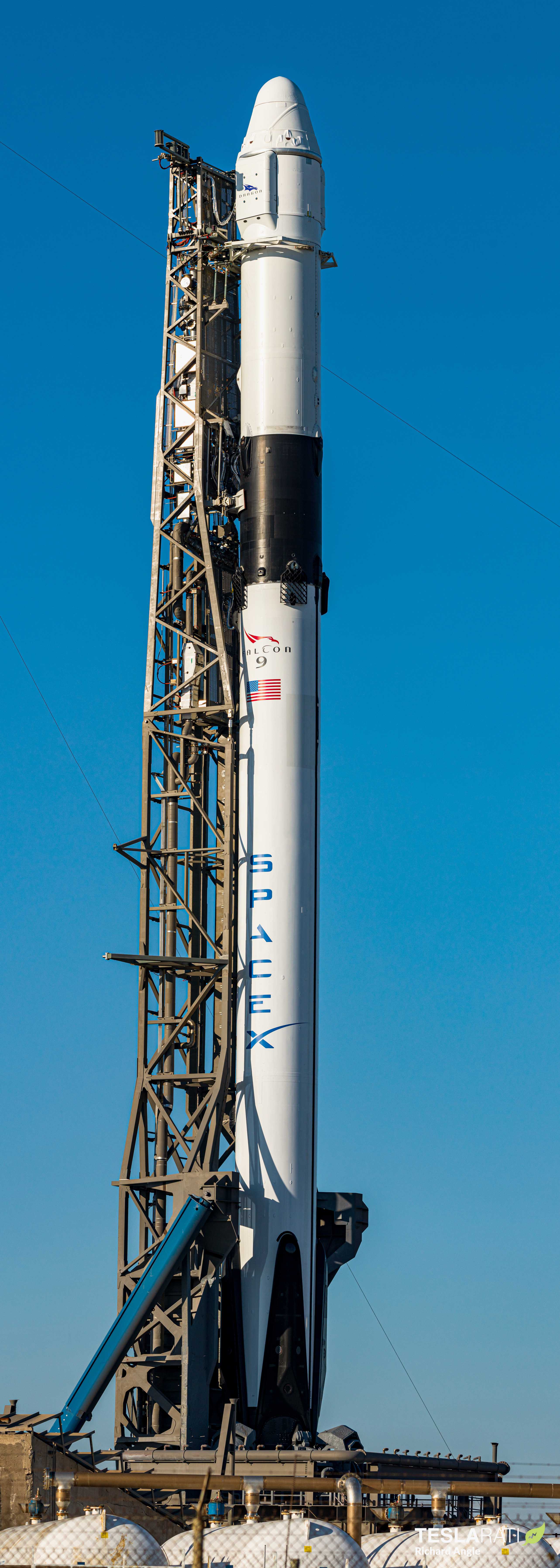
After the booster successfully launched CRS-17 and CRS-18 in May and July 2019, both SpaceX and NASA indicated that B1056 was the most likely candidate to launch CRS-19. Plans clearly changed, although SpaceX indicated in a prelaunch conference that the booster manifest swap was purely a scheduling move and didn’t indicate any technical issues or dissatisfaction from NASA.
In the history of SpaceX booster reuse, NASA has thus far only been comfortable flying on flight-proven boosters that had previously flown NASA missions only, meaning that it will likely be at least 12-18 months before the space agency has another twice-flown Falcon 9 booster ready for a NASA mission. Regardless, the space agency has been undeniably willing to support the technology far sooner than most would have expected, given its history of extreme conservatism over the two or so decades.
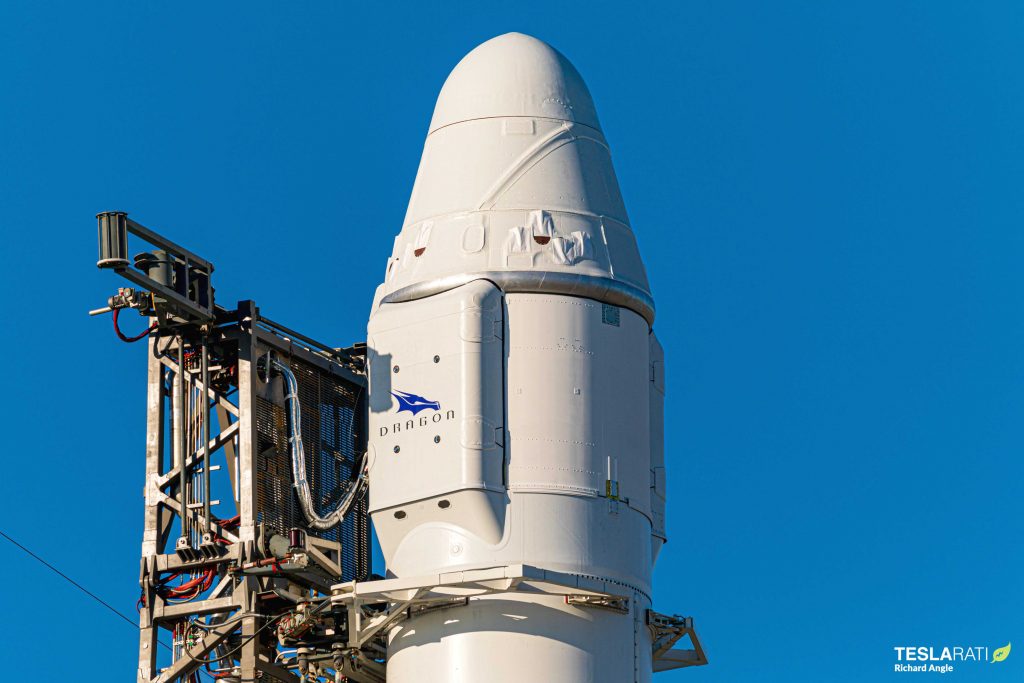
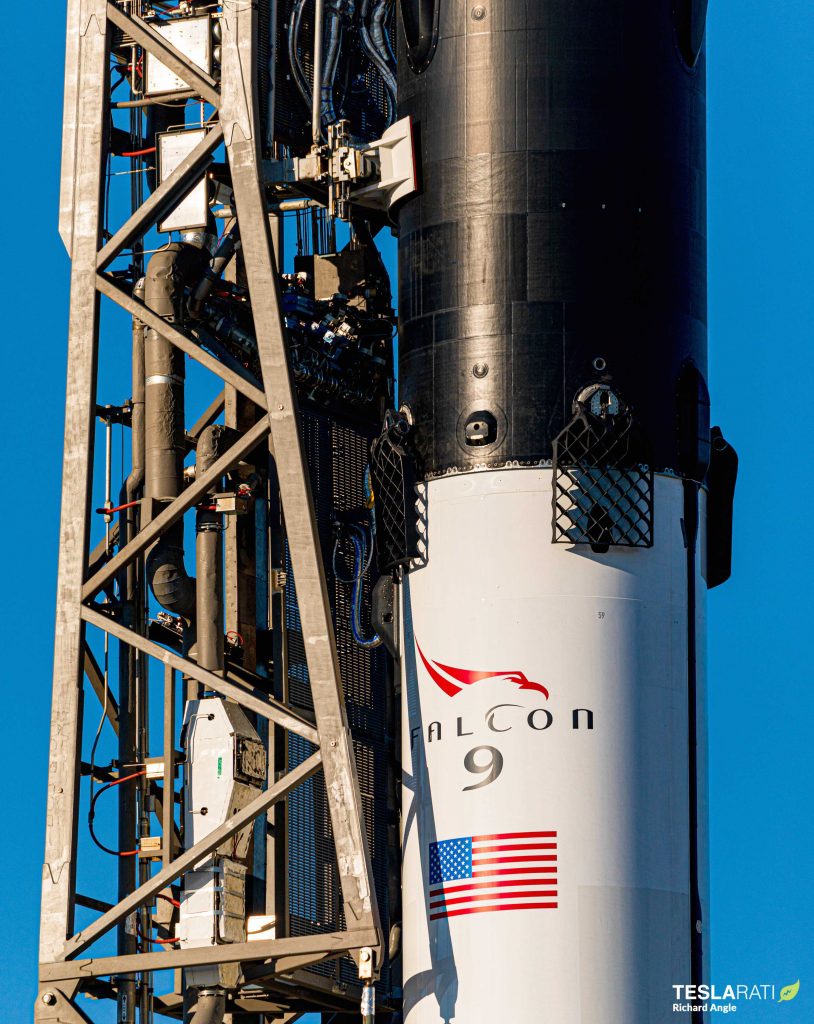
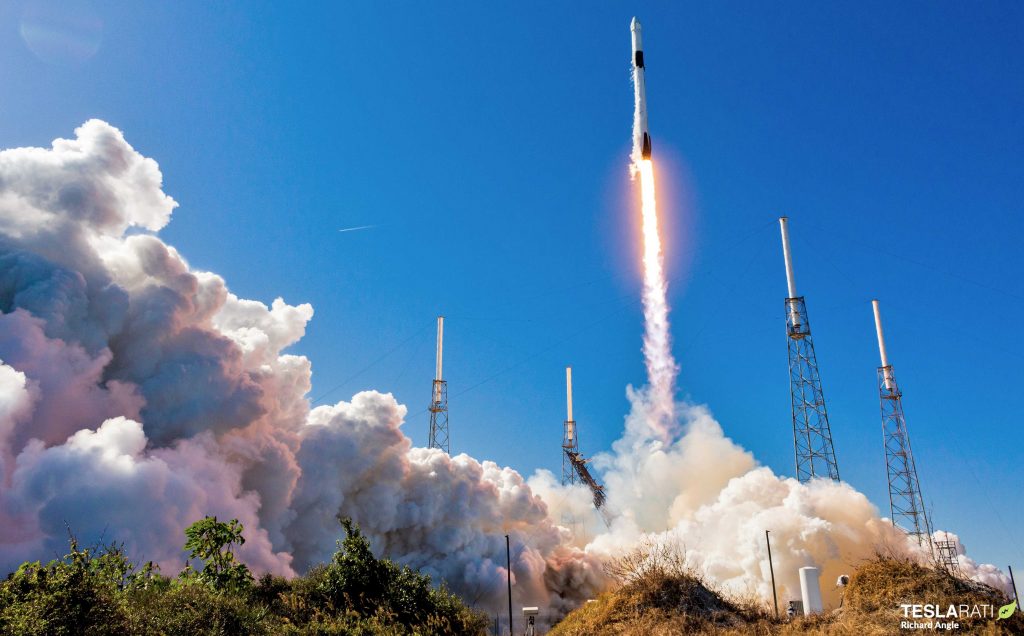
Regardless, after a brief wind-related 24-hour delay, Falcon 9 B1059 lifted off for the first time on December 5th, performing perfectly and ultimately landing on drone ship Of Course I Still Love You (OCISLY) to leave the upper stage with enough fuel to perform experiments after deploying Cargo Dragon. The mission’s drone ship landing – unusual for Cargo Dragon launches – raised suspicions in the spaceflight community and SpaceX ultimately confirmed the above information, indicating that CRS-19’s upper stage would perform orbital coast tests (likely for the USAF).
As it turns out Falcon 9 B1059’s flawless landing aboard OCISLY also made it the 20th booster SpaceX has successfully recovered. All told, SpaceX has flown a total of 46 separate missions with flight-proven Falcon 9 and Falcon Heavy boosters, all of which have occurred since the technology’s March 2017 debut.
After reaching orbit for the third time ever, Cargo Dragon capsule C106 and a fresh trunk began the journey to the International Space Station (ISS) with around 2600 kg (5800 lb) of science experiments, consumables, and other cargo aboard. The spacecraft successful rendezvoused with the ISS on December 8th and was captured and berthed by the station’s massive robotic arm (Canadarm2) shortly thereafter. All told, SpaceX has now delivered roughly 41 metric tons (90,000 lb) of cargo for NASA over its 19 successful missions to the ISS.
Meanwhile, with its first launch and landing – and a relatively gentle one, at that – under its belt, Falcon 9 B1059 should theoretically be a prime candidate for rapid turnaround, although there’s a good chance that SpaceX will hold the booster to support CRS-20, Cargo Dragon 1’s last planned launch. That mission is expected no earlier than March 2020.
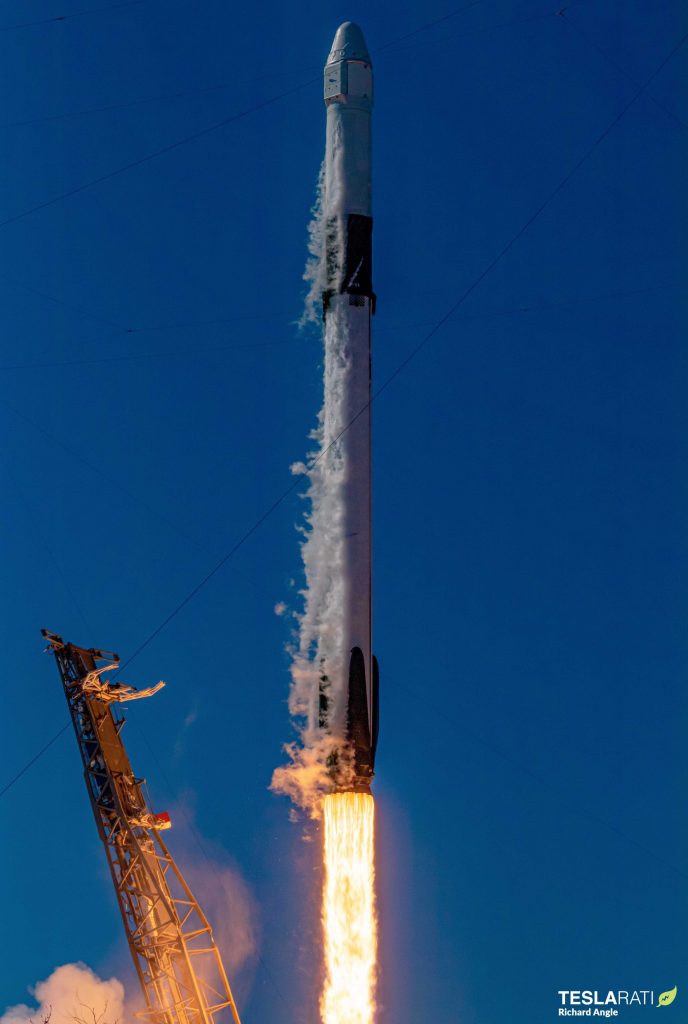
Check out Teslarati’s newsletters for prompt updates, on-the-ground perspectives, and unique glimpses of SpaceX’s rocket launch and recovery processes.

https://news.google.com/__i/rss/rd/articles/CBMiRmh0dHBzOi8vd3d3LnRlc2xhcmF0aS5jb20vc3BhY2V4LWZhbGNvbi05LWJvb3N0ZXItbGF1bmNoLWRlYnV0LXBob3Rvcy_SAQA?oc=5
2019-12-09 12:02:26Z
52780463228240
Bagikan Berita Ini














0 Response to "SpaceX nails first Falcon 9 booster launch debut in months [photos] - Teslarati"
Post a Comment